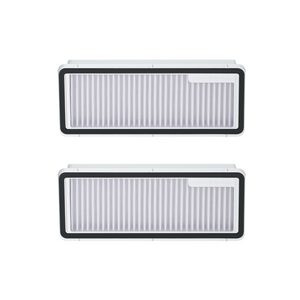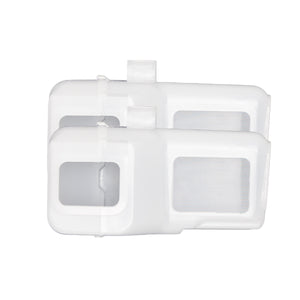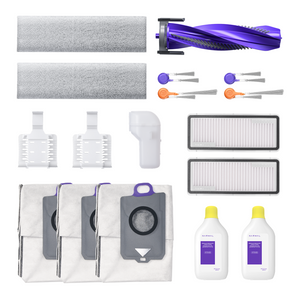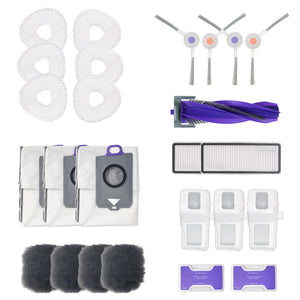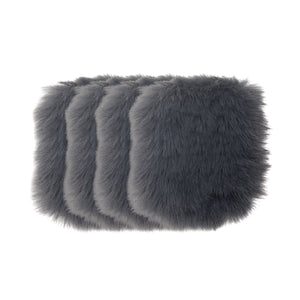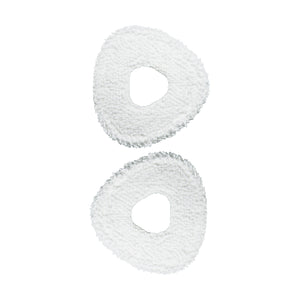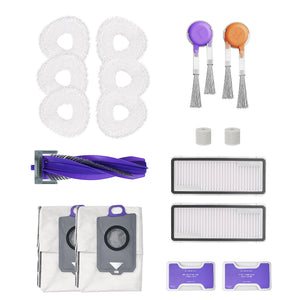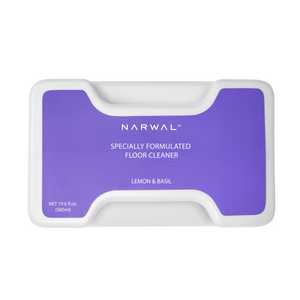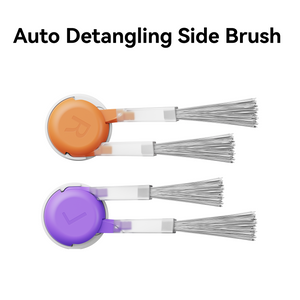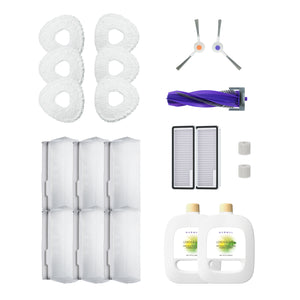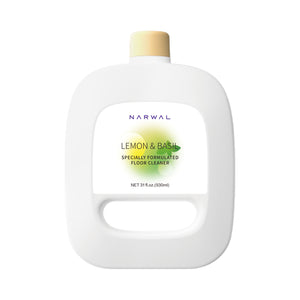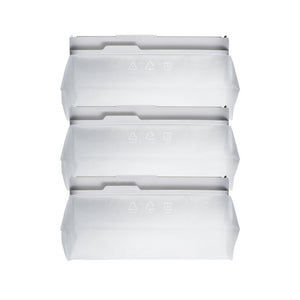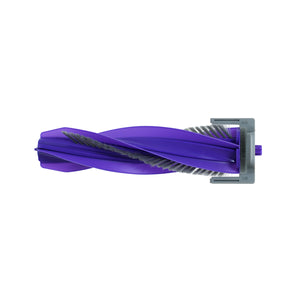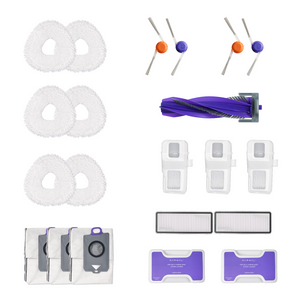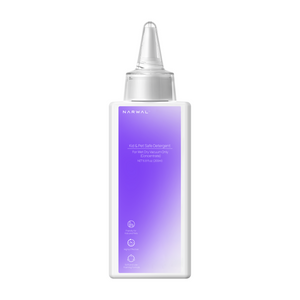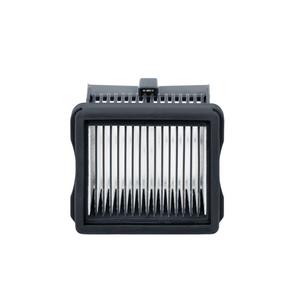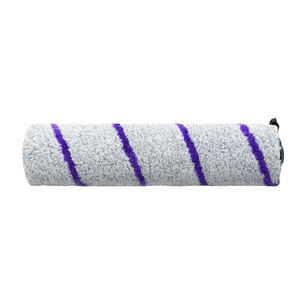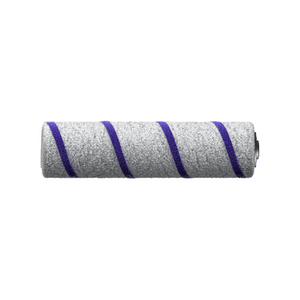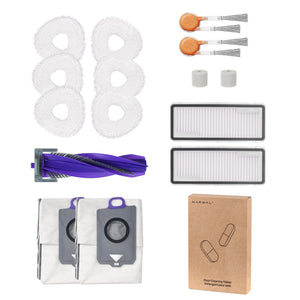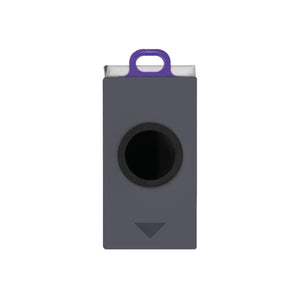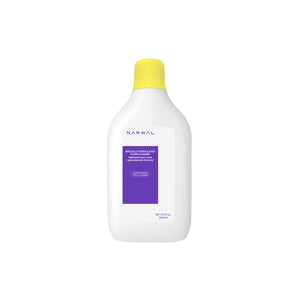If you're buying a vacuum, the hardest part often comes before the cleaning even starts. Choosing the right type can be confusing, and picking the wrong one often leads to frustration and wasted time.
This guide breaks down the different types of vacuums, so you can quickly understand what works for your space, habits, and floors. This guide breaks down the different vacuum cleaner types and their pros and cons, so you can quickly understand what works for your space, cleaning habits, and floors. From upright to robotic, and everything in between, you'll see the pros, cons, and use cases that actually matter.
Vacuum Cleaner Types at a Glance: Pros, Cons & Best Use Cases
Not sure which vacuum suits your home? Here's a quick comparison of 8 popular vacuum cleaner types – including their best uses, main pros, and common drawbacks. This overview helps you choose faster before diving into the full guide below.
|
Vacuum Type |
Best For |
Pros |
Cons |
|
Upright |
Carpeted homes |
Strong suction, wide cleaning path |
Heavy, hard to carry upstairs |
|
Canister |
Mixed floors, stairs |
Versatile, good under furniture, quiet |
Bulky, needs more storage |
|
Cordless Stick |
Small spaces, quick cleanups |
Lightweight, cordless, easy to store |
Short battery life, weaker on thick carpet |
|
Robot |
Hands-free daily cleaning |
Self-operating, fits under low furniture |
Can get stuck, limited deep-clean power |
|
Handheld |
Cars, stairs, upholstery |
Compact, portable, ideal for spot cleaning |
Low suction, not for full rooms |
|
Vacuum Mop Combo |
Hard floors with light messes |
Vacuums and mops in one pass |
Not for carpet, needs cleaning after use |
|
Wet & Dry |
Garages, basements, workshops |
Handles dry debris and liquid messes |
Bulky, loud, not for daily home use |
|
Central System |
Large homes, long-term use |
Quiet, no heavy lifting, strong suction |
High install cost, not renter-friendly |
What Are the Different Vacuum Cleaner Types (and Their Pros and Cons)?
There are eight main types of vacuum cleaners: upright, canister, cordless stick, robotic, handheld, vacuum mop combo, wet & dry, and central vacuum systems. Each type is designed for different cleaning needs and home environments.
In the sections below, you'll find a clear breakdown of the pros, cons, and best-use scenarios for each vacuum type. This will help you understand which one is most suitable for your home and cleaning habits.
Upright Vacuums
An upright vacuum is a one-piece floor-cleaning machine where the motor, suction head, and dust container are built into a single vertical body. You push it in front of you, and the rotating brush at the base lifts dirt from the floor as suction pulls it into the vacuum.
Pros
-
Strong suction, ideal for deep-cleaning carpets
-
Wide cleaning path covers more space quickly
-
Easy to store in closets due to compact, upright shape
Cons
-
Heavy and harder to carry upstairs
-
Less effective in tight corners or under furniture
Best for: Homes with wall-to-wall carpets and large open floor areas.
Canister Vacuums

A canister vacuum has two main parts: a separate body that holds the motor and dust container, and a hose with a cleaning head at the end. You pull the canister behind you as you clean, while guiding the hose and wand across the floor.
Pros
-
Strong and adjustable suction, good for both carpets and hard floors
-
Easier to use on stairs and under furniture due to flexible hose
-
Comes with multiple attachments for drapes, furniture, and corners
-
Generally quieter than upright models
Cons
-
Bulkier overall and takes up more storage space
-
Requires bending to move the canister and manage the hose
-
Not as convenient for quick cleanups
Best for: Mixed-surface homes, especially with stairs and lots of furniture.
Cordless Stick Vacuum Cleaner

A cordless stick vacuum is a slim, lightweight cleaner with a long handle and a small motor near the top or bottom. It runs on a rechargeable battery, so there’s no power cord to plug in. You can carry it easily and move around without being tied to an outlet.
Pros
-
Lightweight and easy to carry around
-
No cord means more freedom to move
-
Stores neatly on a wall mount or in a small closet
Cons
-
Smaller dustbin that needs frequent emptying
-
May have a shorter battery life and less power
-
May not clean thick carpets as effectively
Best for: Small apartments or anyone who cleans frequently and wants convenience.
Robotic Vacuums

A robotic vacuum is a small, flat device that cleans floors by itself. It moves around the room on wheels and uses sensors to avoid walls, furniture, and stairs. Most models run on a battery and return to a charging station when the battery is low.
Some newer robot models also serve as dusting robots, using microfiber pads to sweep up fine dust on hardwood or tile floors—perfect for allergy-sensitive homes.
Pros
-
Cleans automatically without supervision
-
Fits under sofas, beds, and other low furniture
-
Can be scheduled to run at specific times
-
Some models offer app control and smart mapping
Cons
-
Can get stuck on cords or rugs with fringe
-
Needs clear floor space to work properly
-
Models with more powerful features are more expensive
Best for: Busy households or people who want hands-free floor maintenance.
Like the Narwal robot vacuums, models that combine both vacuuming and mopping have become advanced enough to handle almost all floor cleaning tasks.
Today’s house cleaning robots aren’t just vacuums—they often include mopping, smart mapping, and even auto-emptying features.
Handheld Vacuums

Handheld vacuums are small, portable cleaners that you can hold in your hand. They are typically lightweight and run on rechargeable batteries, making them easy to use for quick cleanups in tight spaces like cars, upholstery, and stairs.
Pros
-
Compact and easy to maneuver
-
Ideal for cleaning small messes or hard-to-reach areas
-
Lightweight and easy to store
-
Often come with specialized attachments for different surfaces
Cons
-
Limited suction power and battery life compared to larger models
-
Small dustbin that fills up quickly
-
Not designed for full-floor cleaning
Best for: Quick cleanups, cars, furniture, and tight corners.
Vacuum Mop Combo

A vacuum mop combo is a 2-in-1 device that can both vacuum and mop your floors. These machines are designed to handle dry dirt and debris while simultaneously cleaning with water or a cleaning solution. They are perfect for homes with hard floors like tile, hardwood, or laminate. Most models are cordless and use a built-in water tank.
Pros
-
Cleans dry dirt and wet messes in one step
-
Saves time by combining two cleaning tasks
-
Useful for hard surfaces like tile, laminate, and sealed wood
-
Some models include self-cleaning features for the mop
Cons
-
Not made for carpeted areas
-
Needs regular cleaning after use to prevent buildup
-
Heavier than a regular stick vacuum
-
Water tanks may smaller and need frequent refilling
Best for: Hard floor homes that need both vacuuming and light mopping in one pass.
Now, the Narwal S20 Pro Vacuum Mop can even detect stains and adjust its cleaning mode automatically, while also washing its mop pads on its own.
Wet & Dry Vacuum Cleaner
A wet & dry vacuum cleaner is a powerful machine that can handle both solid dirt and liquid spills. It uses strong suction to pick up dust, wood chips, or small objects, and can also remove water, making it useful in places like garages, basements, or workshops.
Pros
-
Handles dry debris and wet messes in one device
-
Strong suction power for heavy-duty cleaning
-
Large tank capacity for long sessions without emptying
-
Durable and built to work on different surfaces
Cons
-
Often bulky and heavy
-
Can be noisy during operation
-
Requires space for storage
-
Not ideal for everyday household cleaning
Best for: Workshops, garages, or post-renovation cleaning – where messes go beyond dust.
Central Vacuum System
A central vacuum system is built into the walls of a house. It has a large motor unit, usually placed in a garage or basement, that connects to suction ports installed throughout the home. To use it, you plug a long hose into one of these ports and clean as you would with a regular vacuum.
Pros
-
Very powerful suction for deep and thorough cleaning
-
Quieter because the motor is located outside the living area
-
Large dust container that doesn’t need to be emptied often
-
No need to carry a heavy machine from room to room
Cons
-
High installation cost
-
Not suitable for small homes or renters
-
Hose can be long and awkward to store
-
Requires professional setup and maintenance
Best for: Large permanent homes needing quiet, powerful, whole-house cleaning.
What Are the Best Type of Vacuums for Your Needs?
The best vacuum is the one that fits your specific cleaning needs. To choose the right type, consider your floor surfaces, the size and layout of your home, whether you have pets or allergies, and how often you clean.
Based on Floor Type
Mostly carpet: Choose an upright vacuum with strong suction and a brush roll. It works best for pulling dirt from deep in the carpet. If you have thick rugs, make sure the vacuum has height adjustment.
Mostly hard floors: Go with a canister vacuum or cordless stick vacuum. They’re lighter and better at picking up dust without scattering it. Look for soft brush heads to avoid scratches.
Mixed floors: Use a vacuum that can switch between surfaces. Many upright and canister models let you turn the brush on or off. A robot vacuum can help with daily upkeep but may not clean thick carpet well. However, Narwal’s robot can detect carpet and automatically lift its mop.
Hard floors with messes: A vacuum mop combo lets you vacuum and mop in one pass. It’s a time-saver for kitchens or entryways, but not for carpeted rooms.
Based on Home Size and Layout
In a compact home, the biggest challenge is storage. Choose a vacuum that fits in narrow closets or mounts on the wall.
For larger homes, coverage and efficiency matter more than size. Use vacuums with wider cleaning heads and longer run time, so you don’t have to stop often. Look for models with large-capacity dustbins or bags to reduce how often you empty them.
If your layout includes lots of furniture, low tables, or deep corners, pick a vacuum with a flexible swivel head or low-profile design. Some models come with extension wands or specialized nozzles for reaching under beds and into tight spaces.
Based on Pet Ownership and Allergies

If you have pets, choose a vacuum with a tangle-free brush and strong suction to pull hair from rugs and upholstery. Rubber-lined nozzles pick up fur more effectively than regular bristles.
For allergies, look for a sealed system with a HEPA filter. This stops fine dust, dander, and pollen from leaking back into the air.
Avoid vacuums with small dustbins or poor filtration. You’ll empty them more often and risk releasing allergens. Bagged models are better for allergy control.
For pet owners and allergy-sensitive households, the Narwal Freo Pro is a strong all-in-one option. Its anti-tangle main and side brushes handle pet hair without clogging, and the system includes a powerful base station with advanced functions. It offers high value without sacrificing performance.
Based on Cleaning Habits
If you clean a little every day, choose a vacuum that’s easy to grab and put away. A cordless stick vacuum or robot vacuum works well for quick cleanups without much effort.
If you prefer weekly deep cleaning, go for a model with high suction power, large dust capacity, and tools for different surfaces. Upright or canister vacuums are better suited for longer sessions.
For those who want hands-free cleaning, robotic vacuums with scheduling and mapping features keep floors tidy between full cleanings. Some models also return to base, self-empty, or even mop.

FAQs
What is the best vacuum cleaner type for pet hair?
The best vacuum for pet hair is one with strong suction and a tangle-free brush, such as an upright or a robot vacuum with anti-hair-wrap technology. Look for features like rubberized brush rolls, HEPA filtration, and specialized pet attachments to pick up hair from carpets, upholstery, and hard floors efficiently.
Which vacuum types are easiest to store?
Cordless stick and handheld vacuums are the easiest to store thanks to their slim design and wall-mount capabilities. They take up minimal space, making them ideal for small homes or apartments with limited storage options. Some even fold or detach for drawer storage.
Are robot vacuums worth it for small apartments?
Yes, robot vacuums are especially useful in small apartments with mostly hard floors.
They navigate well in open layouts and can maintain cleanliness with minimal effort. Just make sure the space is free of cords and obstacles to avoid interruptions.
Pros and cons of cordless stick vacuums?
Cordless stick vacuums are lightweight and convenient, but they often have shorter battery life and less suction power.
They're great for quick cleanups and small homes, but may struggle with thick carpets or larger areas without recharging.
What vacuum is best for hardwood floors?
Canister vacuums and vacuum mop combos are best for hardwood floors due to their gentle brush heads and strong, adjustable suction.
They clean dust and debris without scratching the surface. Avoid vacuums with stiff bristles or rotating brushes not designed for delicate flooring.
Make the Right Choice by Understanding the Types of Vacuums
There is no single vacuum that fits everyone. But once you understand the differences between types, the choice becomes much clearer. Whether it’s a powerful upright, a flexible canister, or a quiet robotic model, understanding different vacuum cleaner types and their pros and cons helps you choose a model that truly fits your routine and space.
For those who want more than just basic cleaning, it’s worth exploring brands that focus on simplifying the entire process. Narwal appeals to people who value both function and the ease of living in a space that stays effortlessly clean. As vacuum technology evolves, more innovative vacuum cleaners are entering the market—combining smart sensors, self-cleaning systems, and multi-surface adaptability in one device.




















